SMi Source lesson Dermatology: Immunology has the following microlearning topics
1. Immunology: Introduction
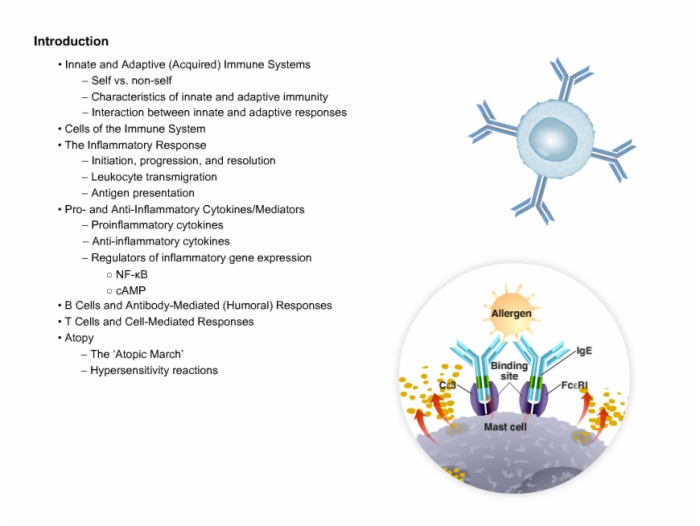

2. Immunology: Learning Objectives
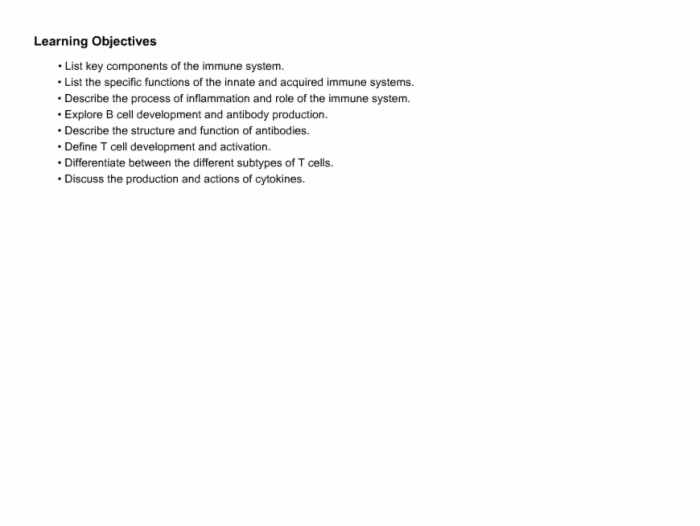

3. Innate and Adaptive (Acquired) Immune Systems: Overview
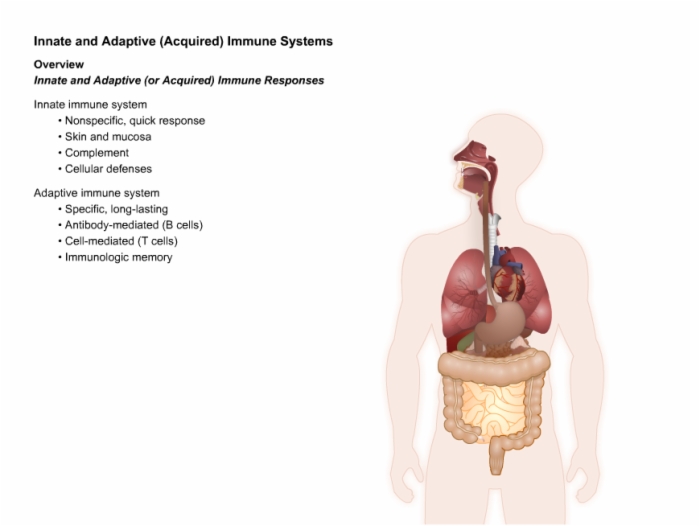

4. Self vs. Non-Self
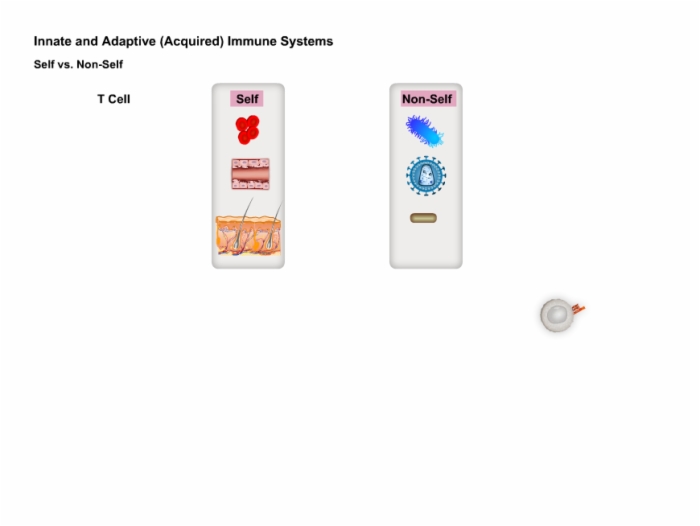

5. Characteristics of Innate and Adaptive Immunity
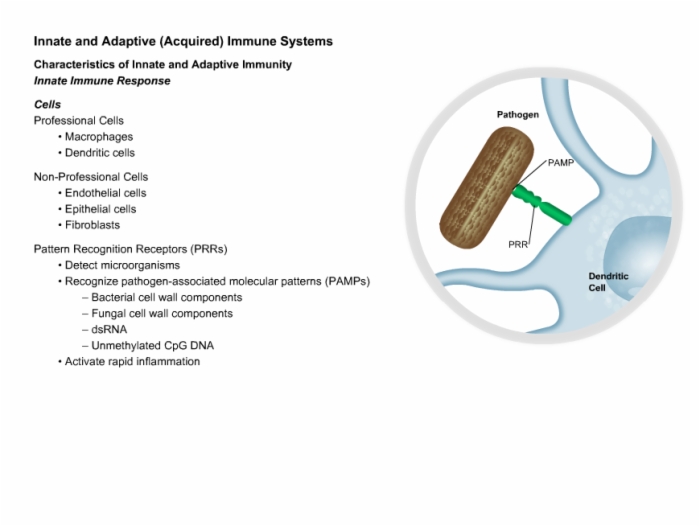

6. Characteristics of Innate and Adaptive Immunity
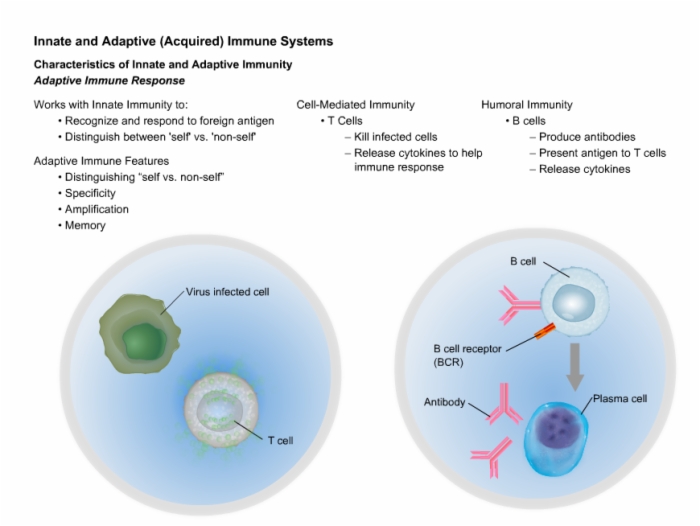

7. How Innate and Adaptive Responses Work Together
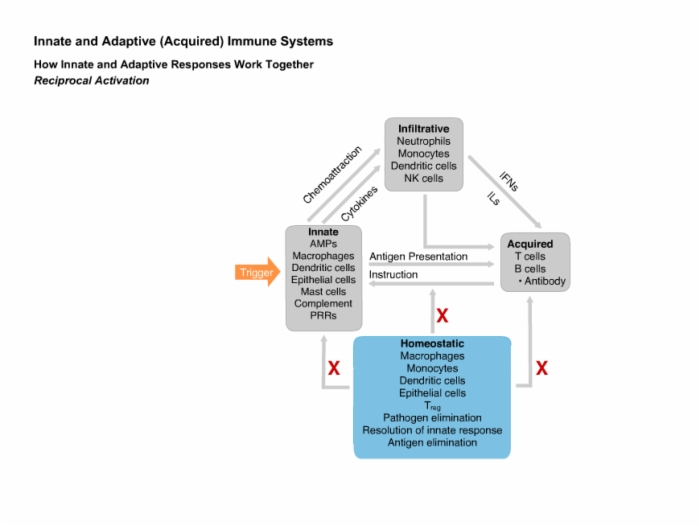

8. Overview of Cells of the Immune System
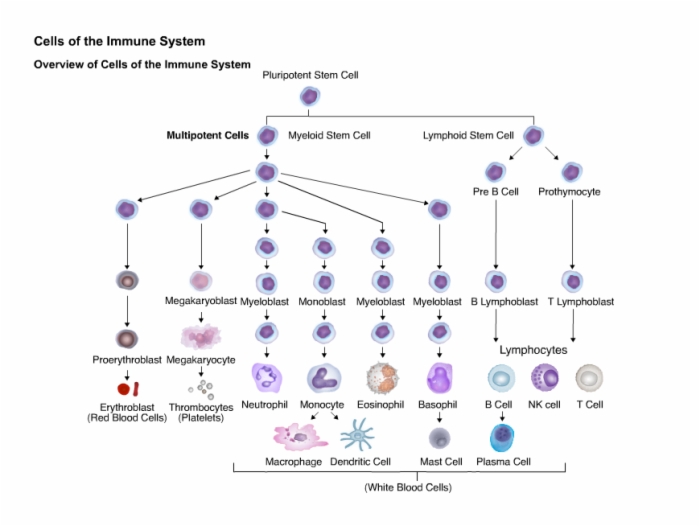

9. The Lymphatic System
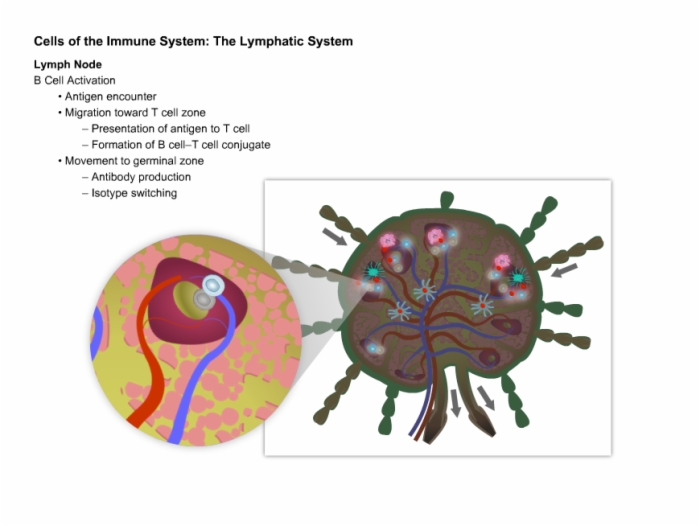

10. Overview, Tissue Insult and Damage
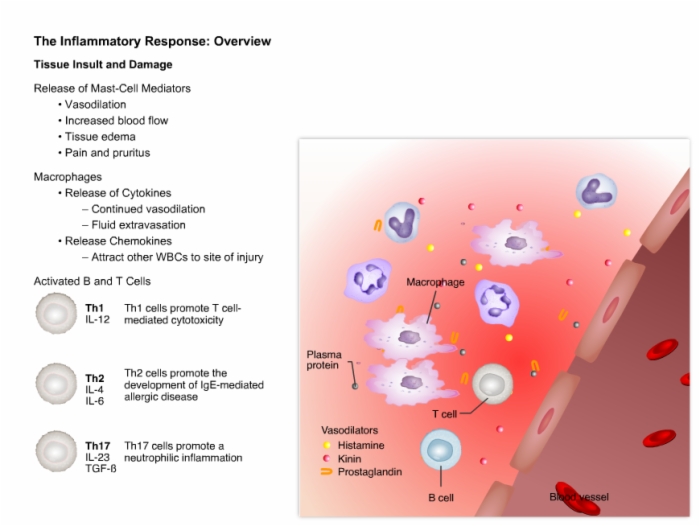

11. The Inflammatory Response: Leukocyte Migration: Overview
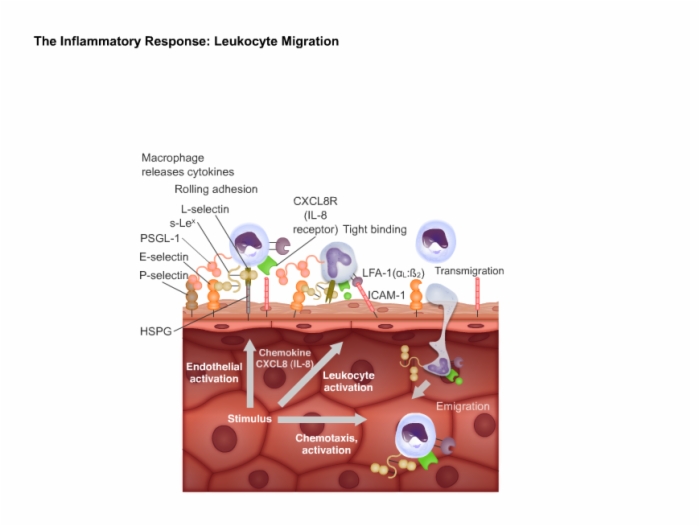

12. The Inflammatory Response: Overview
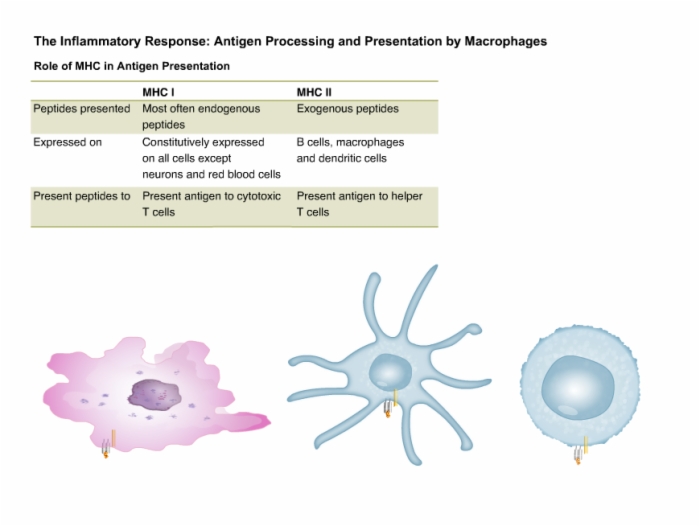

13. Overview, Proinflammatory versus Anti-Inflammatory Cytokines
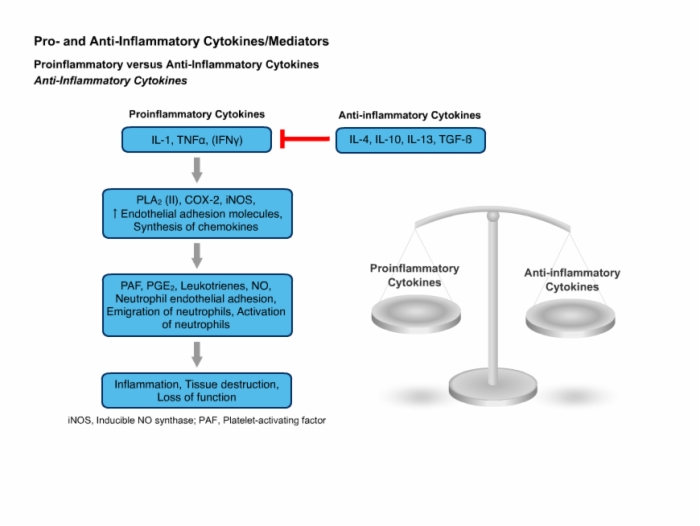

14. Signaling Pathways Regulating Production and Transcription of Inflammatory Mediators
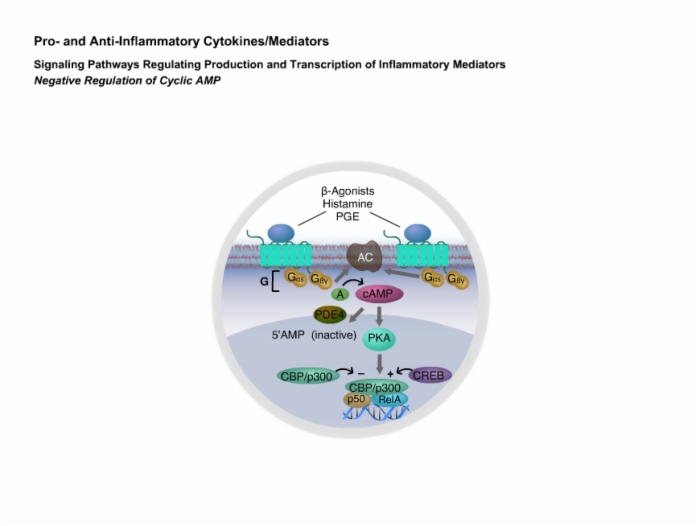

15. Overview of B Cell Responses, Overview of Antibody Production
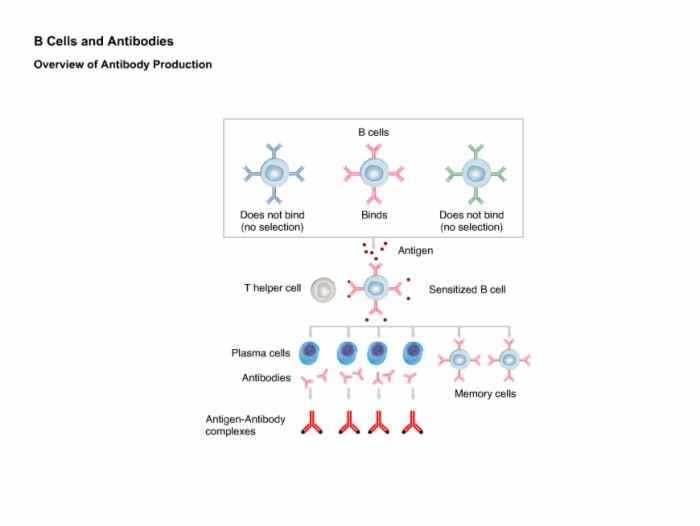

16. Immunoglobulin Isotypes
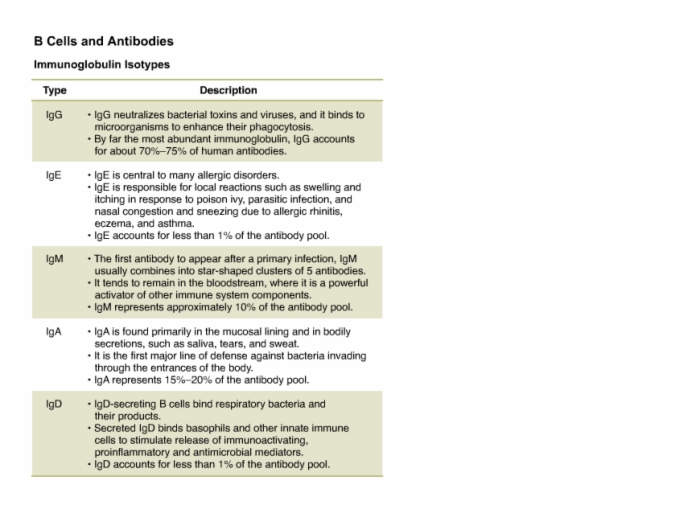

17. T Cell Activation
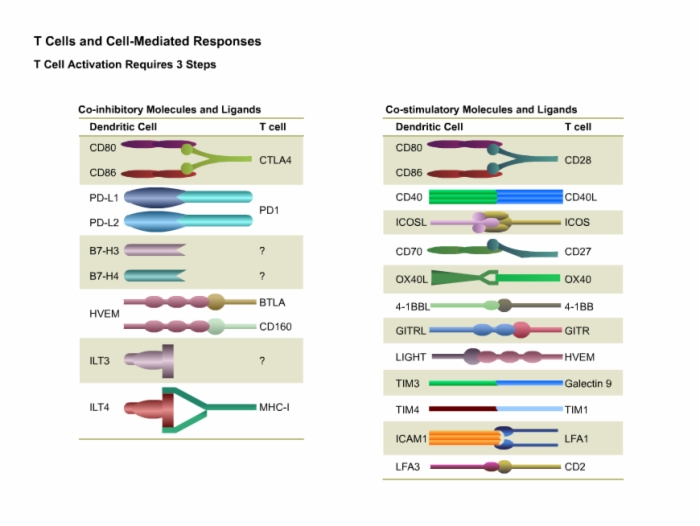

18. T Cell Lineage
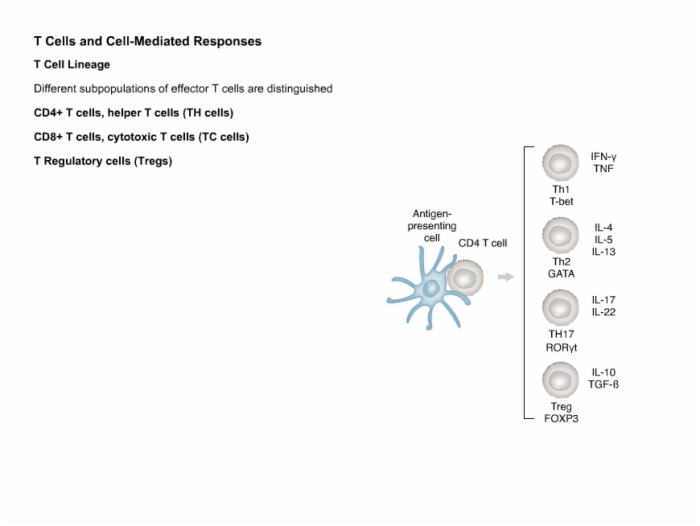

19. Hypersensitivity Overview, Atopy versus Allergy
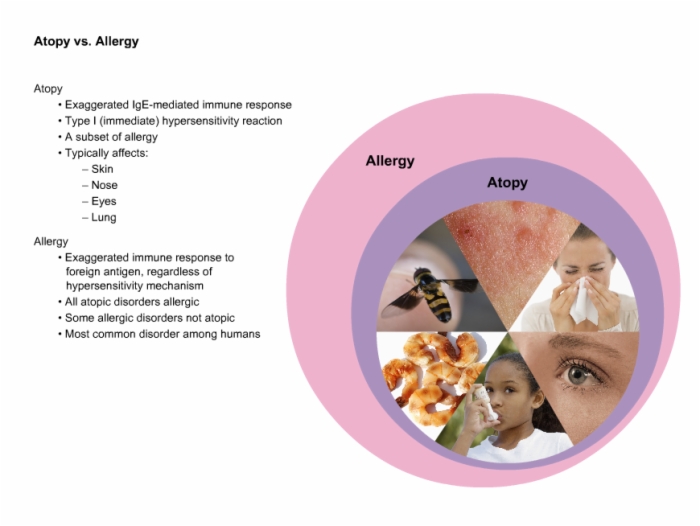

20. Hypersensitivity Disorders: Gell-Coombs Classification
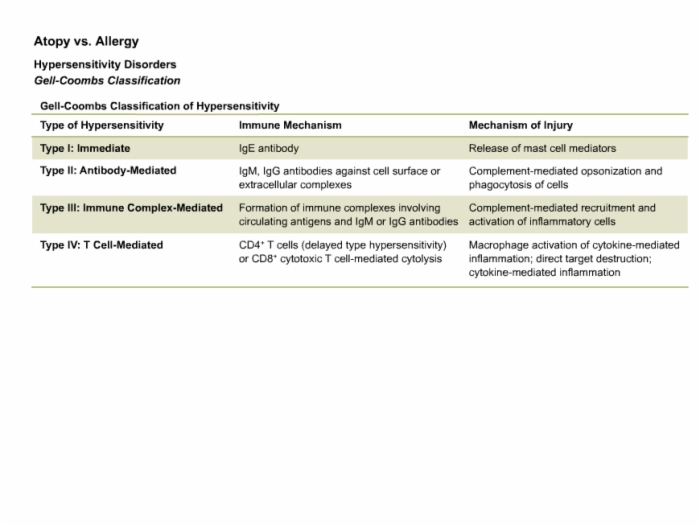

21. Hypersensitivity Disorders
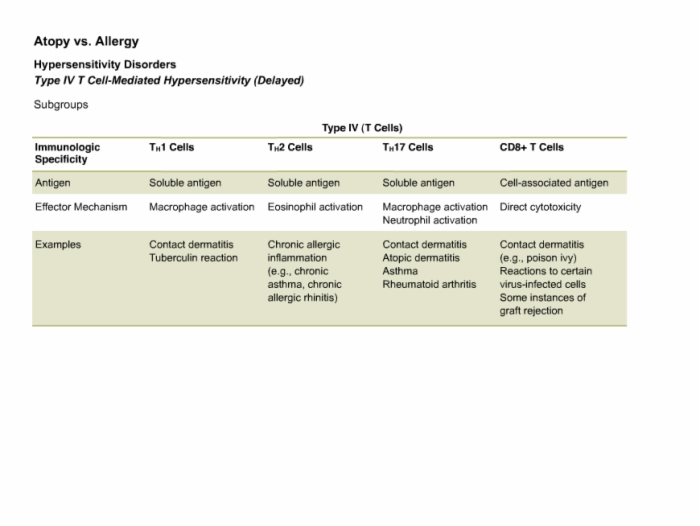

Lesson Dermatology: Immunology teaches these concepts
Immunology
Immunology: Introduction
Lesson Dermatology: Immunology addresses these key points
Introduction
- Innate and Adaptive (Acquired) Immune Systems
- Self vs. non-self
- Characteristics of innate and adaptive immunity
- Interaction between innate and adaptive responses
- Cells of the Immune System
- The Inflammatory Response
- Initiation, progression, and resolution
- Leukocyte transmigration
- Antigen presentation
- Pro- and anti-inflammatory cytokines/mediators
- Proinflammatory cytokines
- Anti-inflammatory cytokines
- Regulators of inflammatory gene expression
- NF-kB
- cAMP
- B Cells and Antibody-Mediated (Humoral) Responses
- T Cells and Cell-Mediated Responses
- Atopy
- The ‘Atopic March’
- Hypersensitivity reactions